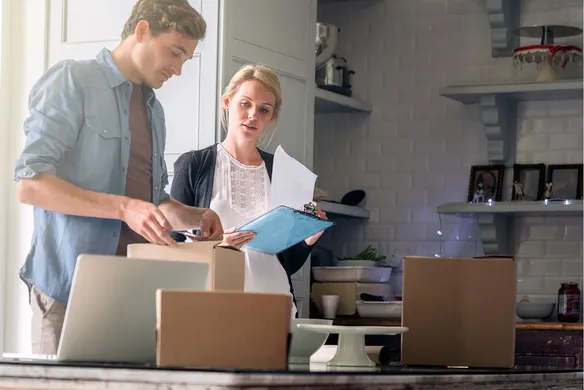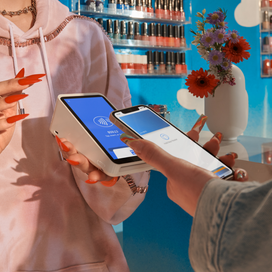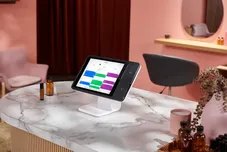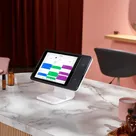Table of contents
Now that Spring has officially arrived, you may be looking around your house or business and thinking: how did I accumulate so much stuff? Now is the perfect time for a spring clean — and what better way to declutter than with a garage sale.
Square has once again teamed up with the good folks at the Garage Sale Trail, to help Australians everywhere make more money at their sales. However, if you can’t take part in the fun at October’s national event, there’s no reason you can’t try your hand and at running your own garage sale or market stall to cut down on junk, make some additional money, and get your home tidied before summer.
Successful sales aren’t always as easy as they look. You can’t just put everything you no longer want out on your front lawn and hope for the best. If you want to turn a profit, here are our top four tips:
How to Host a Successful Garage Sale
1. Advertise, advertise, advertise
If you want to attract customers and get rid of as much clutter as possible, promotion will help draw a crowd to your garage sale. Get online, put up signs in the local neighbourhood, and tell your friends and family to spread the word. Consider ways to make your garage sale stand out from the others — think about sharing some images of your most interesting items, and name your garage sale with an attention-grabbing title for the listing.
Don’t forget the power of social media can work in your favour — share your garage sale announcement on Facebook or Twitter, and create a Facebook Event to share with friends and families in the local area.
2. Do your research
Do your homework and find out which household items are likely to be most popular, and what they typically sell for on eBay or Gumtree, before setting your price. Household items that you no longer use or need but other people are searching for are those which are likely to sell out fast. Putting out junk that no one wants could actually hurt your garage sale more than help it — people won’t bother looking through a garage sale that’s full of junk.
The most popular items sold at garage sales include antiques and retro items; furniture; baby equipment (think — high chairs, play mats and toys); whitegoods that everyone needs (fridges or washing machines); and just about any power tool or gardening device.
3. Organise and order
Organising the items you’re planning to sell ahead of time and ordering them in a logical way will help people find what they’re looking for. Use tables to group similar items together and think about bundling pieces together to encourage customers to purchase more in a single transaction (for example, tupperware or a dinner set).
Use big stickers with clear pricing. Setting up pricing with a colour-coded system (for example, yellow stickers for $2 items, orange stickers for $5 items) can help customers visually identify the best deals. Don’t forget to be realistic with your pricing as well. Remember: You want to sell your items — not just show off their value to potential customers. Price your items a few dollars below what you think they are worth.
4. Accept every type of payment
The numbers are in. Australians are carrying less cash in their wallets than ever, and card payments have doubled in the past decade. In 2016, Garage Sale Trail sellers who accepted card payments with Square raked in, on average, 10 percent more money than those who only accepted cash payments. Increasing your sales by 10 percent for a small investment of only $59 for Square Reader definitely makes sense.
Accepting card and mobile wallet payments not only makes it easy for shoppers to buy more at your garage sale, but removes the need for you to carry a lot of loose change and break bigger notes. Square Reader is a simple, mobile, affordable way to accept Visa, Mastercard, eftpos, American Express and JCB credit and debit cards. You’re not locked into a contract and there are no recurring monthly fees, so after your garage sale is over you can keep it in the drawer for your next event without any cost.
![]()











